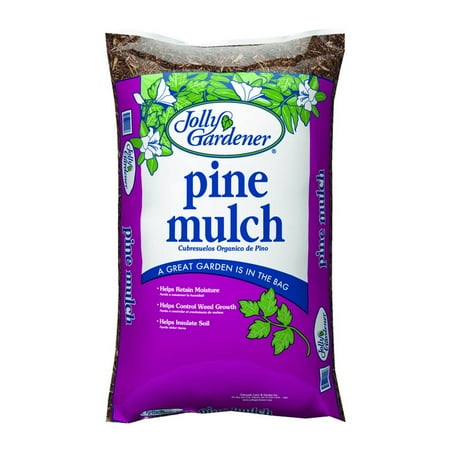How to grow climbing asters – for a native vining plant with lilac daisy blooms
Cover walls and fences with greenery and colorful flowers this year

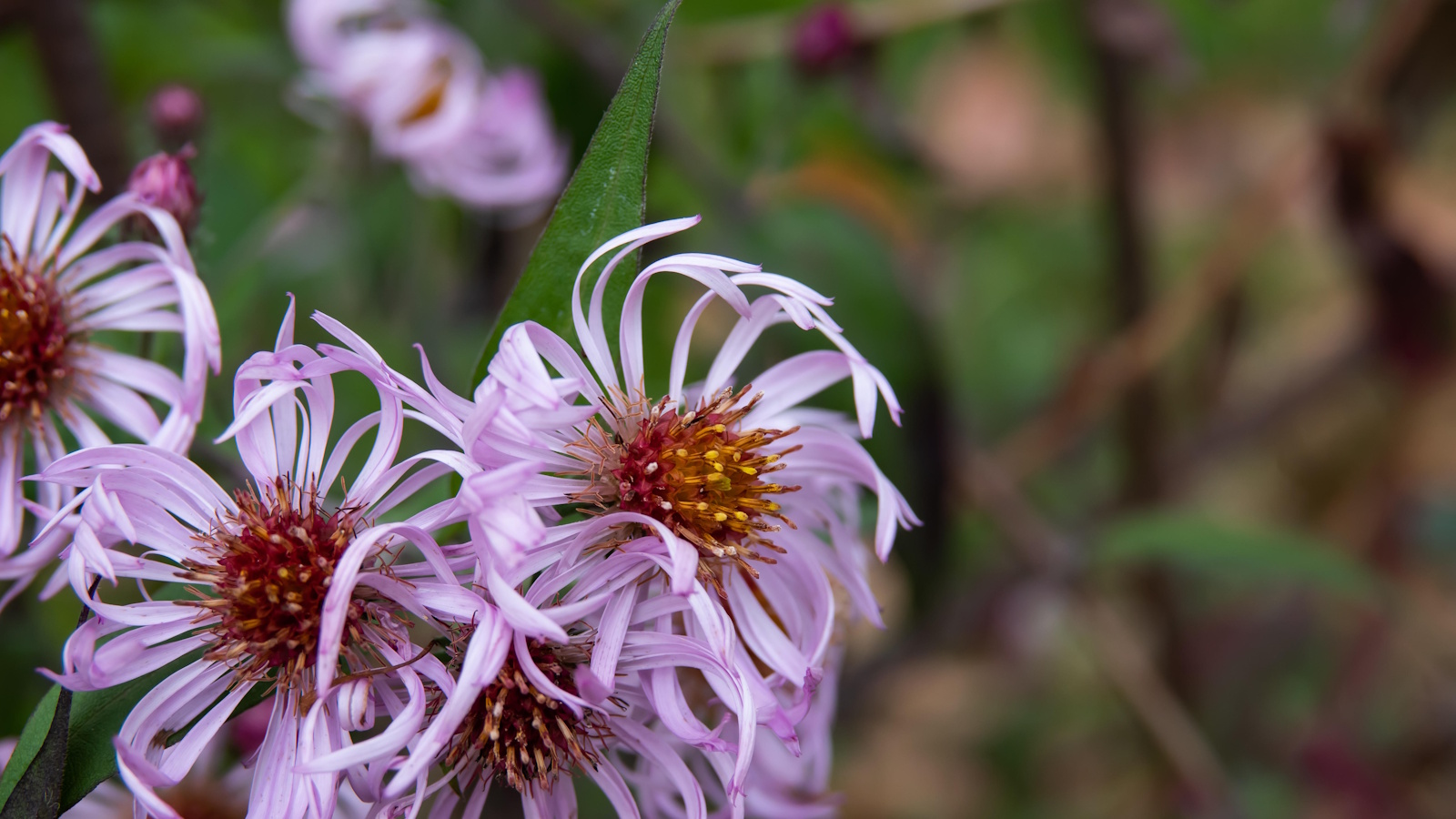
Climbing asters, or Ampelaster carolinianus, are a wonderful addition to any vertical surfaces, including walls, fences or garden structures. Growing upwards is a clever trick to make the most of your growing space, and is particularly useful if you have a small yard.
As with all asters, the climbing aster is valued for its late-season flowers, producing masses of daisy-like blooms from summer to fall, often lasting until the first frost. As a former professional gardener, I have grown many different asters during my career, and have often found them flowering right up until November or even December, if the weather is mild.
So, if you are looking for one of the best aster varieties to try this year, why not learn how to grow climbing asters, for a charming and versatile vine? Whether you’re looking to hide a bare wall or add height and drama to an entranceway, our guide has all the information you need to succeed.
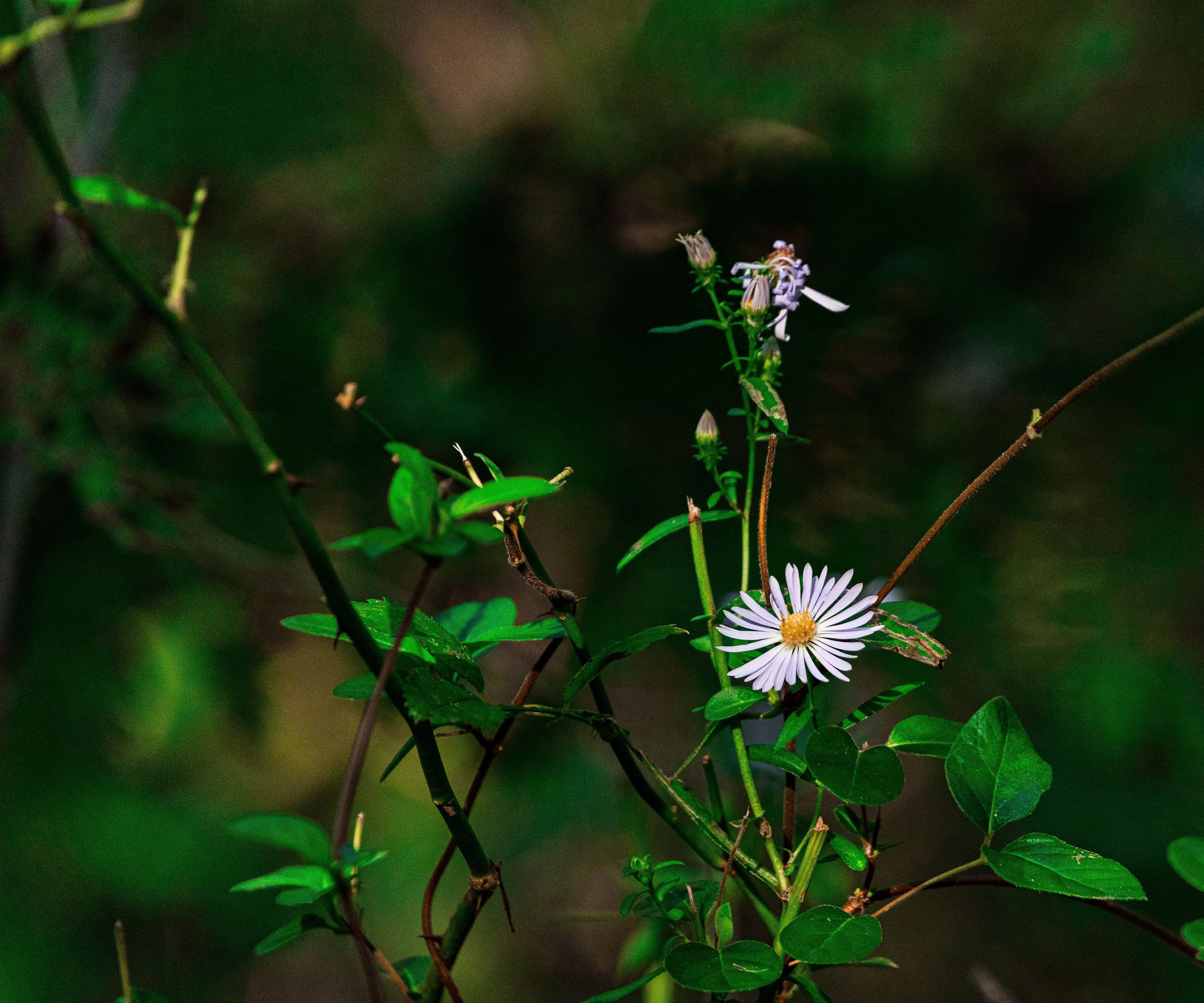
How to grow climbing asters
While lesser known when compared with other climbing plants, such as clematis or jasmine, the climbing aster deserves more attention for its winning combination of beauty and utility. With little care, the climbing aster will reliably bloom year after year. Here, we reveal how to grow this climbing plant, with expert advice from a professional horticulturist based in Florida.
Growing habits of climbing asters
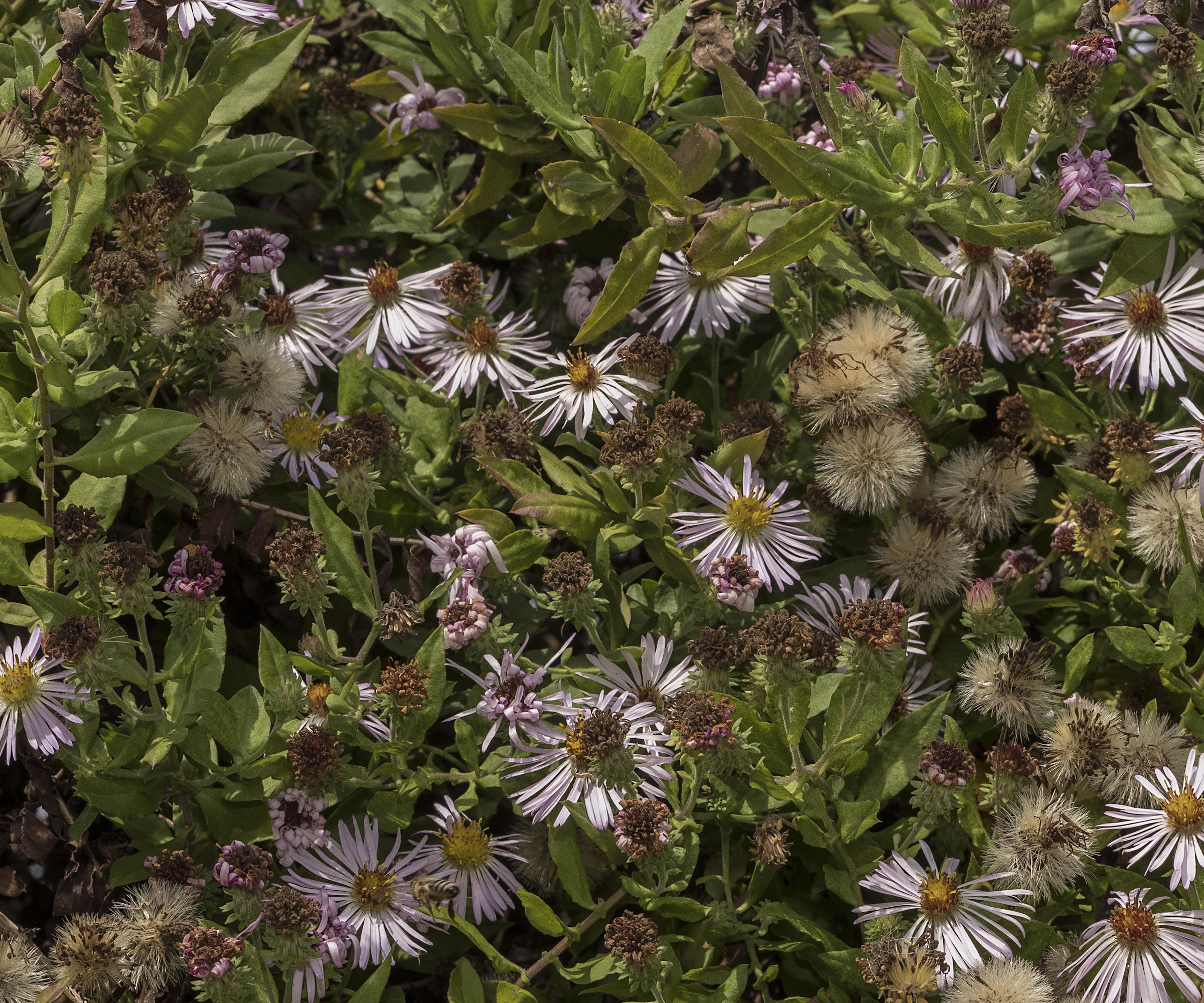
The climbing aster is native to the southeastern United States and is found growing across much of Georgia, North and South Carolina, and Florida, growing best from US hardiness zone 7 to zone 10.
'Worthy of inclusion in any Florida or Southeastern coastal garden is the climbing aster,' says Daniel Barychko, Horticultural Technician at Central Florida Zoo and Botanical Gardens.
'This deciduous climber is a sprawling herbaceous plant that produces long stems that can reach up to 10 feet tall,' Daniel says. 'It prefers to sprawl over the top of fences, posts or other plants and may be trained to use a trellis for support. The branches grow horizontally allowing the plant to use adjoining trees, plants and vines for support.
Design expertise in your inbox – from inspiring decorating ideas and beautiful celebrity homes to practical gardening advice and shopping round-ups.
'The climbing aster is an ideal plant for pollinators, producing numerous beautiful light pink and purple, daisy-like flowers,' Daniel adds. 'Large plants can have hundreds of blooms and can attract a large number of pollinators including native bees, butterflies, and other insects.
'The plant is easy to grow from seeds or cuttings, Daniel says, 'although be sure to save some seed if you want to try growing more climbers this year. The seeds are scattered by the wind and can quickly disappear in fall.'
Climbing aster seeds are available to order from Amazon, and can be sown in early spring. This is best done under cover or indoors, eight to ten weeks before the last frost.

Daniel is a Horticultural Technician at Central Florida Zoo and Botanical Gardens in Sanford, Florida. He studied ecology, botany, and zoology and earned a Bachelor of Science in Biology at Florida Atlantic University, Boca Raton, in 2001.
Care guide for climbing asters
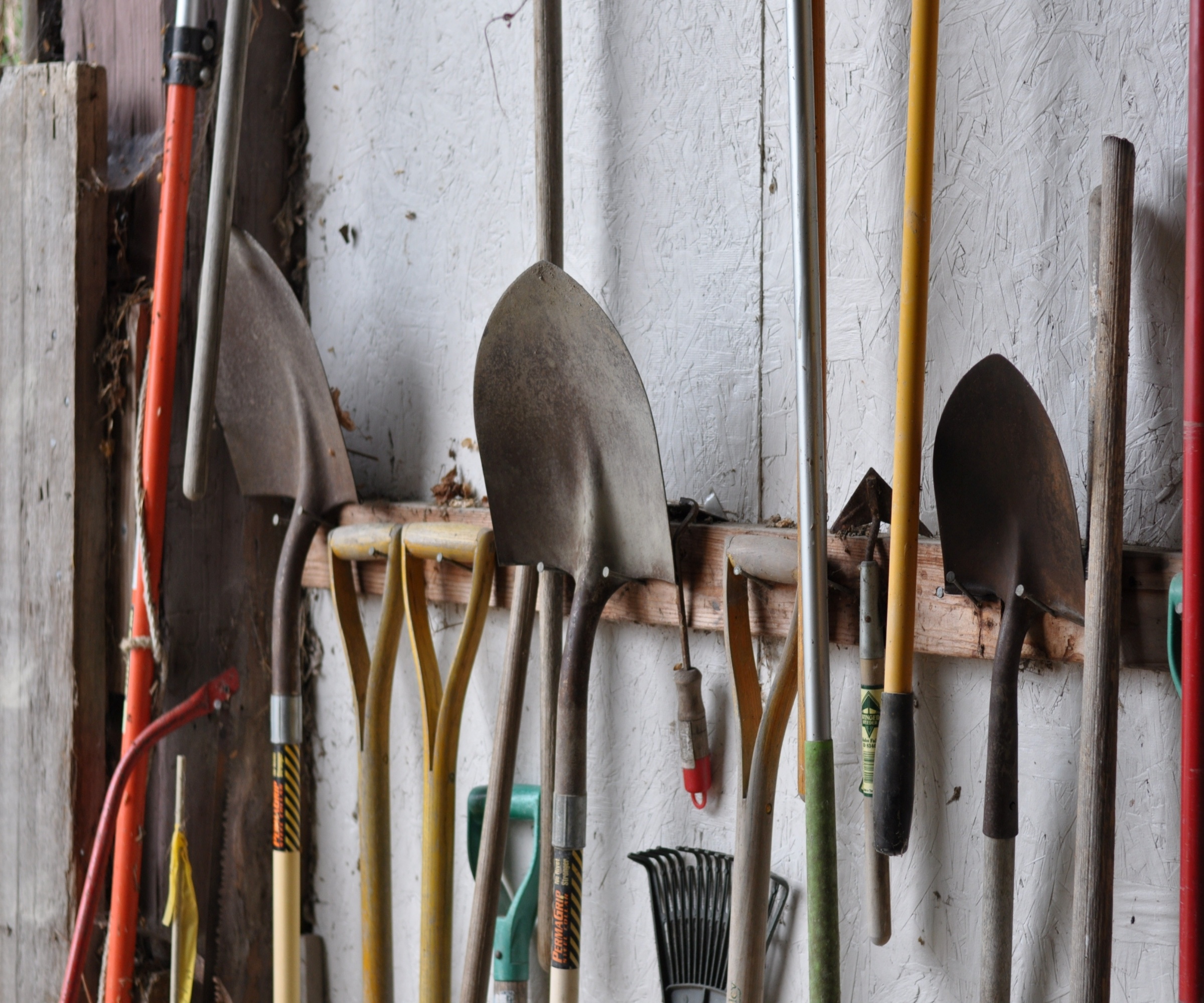
Soil: 'In its natural environment, the climbing aster grows along the edges of marshy areas, including cypress swamps, ditches, moist thickets, wet pinelands, blackwater, creek or lake basin swamps,' says Daniel. 'Therefore, as a wetland species, the plant prefers consistently damp soil. It can even grow in heavy clay soil, tolerating waterlogged soils and periodic flooding.' To help keep the earth moist and improve soil health, apply a few inches of mulch to the base of your climbing aster twice a year. Pine mulch is a good option, and is available from Walmart.
Light: 'Partial sun is best for climbing aster plants,' Daniel advises, 'with half a day of full sun being optimum. However, in warmer, southern regions, it is fairly shade tolerant.'
Watering: Water your climbing aster well in its first year, to help your young plant establish itself. From year two onwards, keep the soil moist. While it can tolerate seasonal waterlogging, make sure the soil exhibits moderate drainage, so the roots are not sitting in water for long periods.
Fertilizing: Fertilizer is generally not needed for climbing asters. These are tough, resilient plants that can usually access what they need from the soil. However, you can apply a small amount of bloom booster feed, available from Walmart, once a year in the spring, to encourage your climber to produce as many flowers as possible.
Pruning: Deadhead climbing aster plants in fall or winter, once the final blooms have faded. Do not complete any additional trimming at this time, however, which would be a pruning mistake and can damage the plant. Any pruning should be done in spring, just as the plant is jumping into life. Annual pruning can keep your plant in good health and ensure that blooms are produced further down the stems, and not solely at the end of long, woody stems.
Toxicity: Climbing asters are considered mildly toxic and should not be ingested by humans and pets. This can lead to nausea and stomach pain.
Support: It is a good idea to support your climbing aster, directing the plant to grow where you want it to grow. Use a trellis or wire framework to guide the plant, and use twine or ties to loosely support the vine.
FAQs
Can climbing asters be grown in pots?
Yes, you can grow climbing asters in pots, but the container must be large enough to support their growth. This can be a good option for those who have a small terrace or balcony. Choose a pot with good drainage and fill it with rich, well-draining potting soil. A word of caution, however, is that climbing asters need support, so it is best to use a framework or trellis for the best results.
Make sure to give the climbing aster a good amount of room and space to grow, as this species can quickly climb over and through nearby plants. While this can look attractive, it can prove challenging for other plants that may struggle to compete with this native vine.
For another attractive vining plant, see our guide on how to grow climbing hydrangeas, to cover large walls and fences with brilliant blooms this year.

Thomas is a Content Editor within the Gardens Team at Homes and Gardens. He has worked as a professional gardener for both public spaces and private estates, specializing in productive gardening, growing food and flowers. Trained in Horticulture at the Garden Museum, he has written on gardening and garden history for various publications, including The English Garden, Gardens Illustrated, Hortus, The London Gardener and Bloom. He has co-authored a Lonely Planet travel book, The Tree Atlas, due out in 2024.
